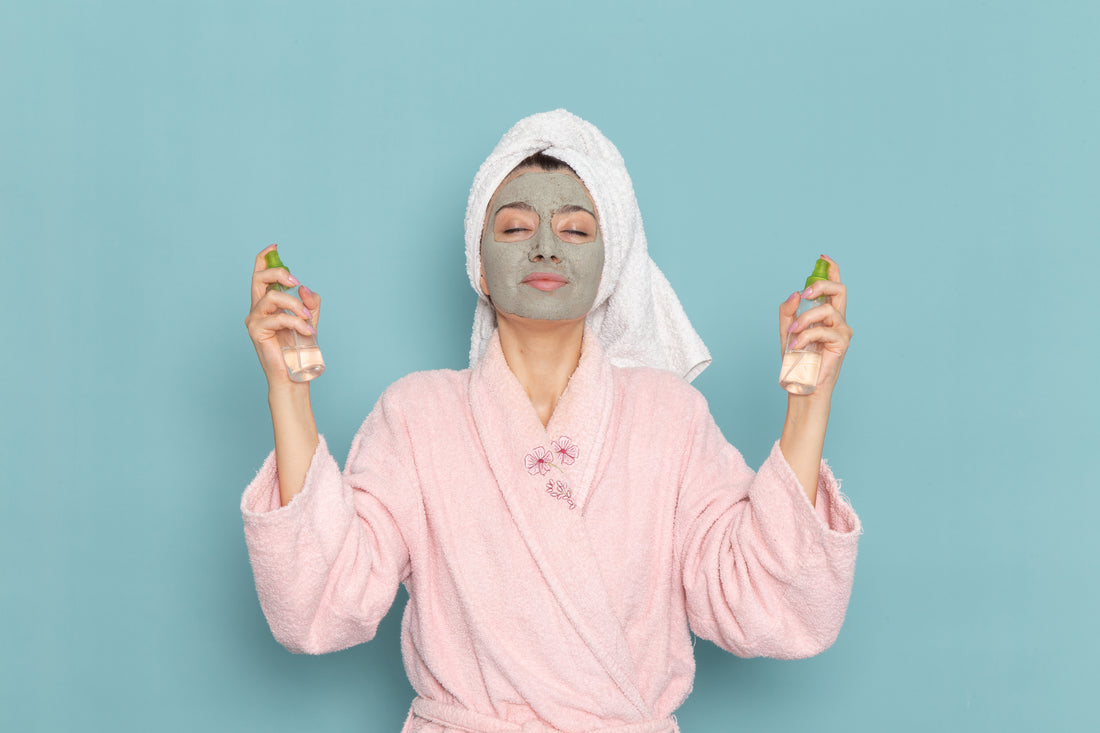Japanese or Korean Skincare Routine: Which is More Budget-Friendly?
Japanese or Korean Skincare Routine: Which is More Budget-Friendly?
Blog Article

1. Japanese or Korean Skincare Routine: Which is More Budget-Friendly?
When starting a skincare routine, budget plays a big role in decision-making. Both Japanese and Korean skincare offer options across price ranges, but how do they compare?
Korean skincare is known for being affordable and accessible. You can find multi-step routines at low prices, thanks to mass production and fierce brand competition. Brands like Cosrx and Etude House offer quality formulations at wallet-friendly prices.
Meanwhile, the Japanese skin care routine focuses on fewer, high-quality steps, which can sometimes be pricier upfront. However, products often last longer due to their concentrated formulas. The best Japanese skin care products, such as DHC Deep Cleansing Oil or Hada Labo Lotion, are economical in the long run as they stretch for months.
If you’re looking for cost-effective variety, Korean skincare wins. But for long-term investment in skin health, Japanese beauty products offer excellent value.
2. Packaging and Aesthetic: K-Beauty's Color vs J-Beauty’s Minimalism
Product packaging may seem like a minor detail, but it reveals much about the brand's philosophy.
Korean skincare is famous for its fun, eye-catching packaging—bright colors, playful fonts, and sometimes even cartoon characters. It appeals to younger audiences and is designed to be engaging.
In contrast, Japanese skin care products are often packaged in minimalist, functional designs. Clean labels, simple bottles, and neutral colors reflect the Japanese aesthetic of shibui—quiet elegance. This minimalism is not only visually appealing but also suggests purity and simplicity in formulation.
While K-beauty offers vibrant appeal, J-beauty champions quiet luxury. Your choice might depend on your personal aesthetic preferences as much as your skincare goals.
3. Japanese vs Korean Skincare: Best Products for Indian Skin
Indian skin types often face challenges like hyperpigmentation, tanning, oily T-zones, and dryness in winter. So which routine fits best?
Japanese skincare works wonderfully for Indian skin due to its focus on hydration and protection. Products like Japanese skin care brands Hada Labo and Biore offer lightweight hydration and broad-spectrum sun protection without clogging pores. Plus, Japanese skin care products in India are increasingly accessible through online platforms.
On the other hand, Korean skincare is fantastic for treating pigmentation, dullness, and sensitivity. With serums like niacinamide-based brighteners and cica creams, K-beauty addresses concerns common in Indian climates, especially during monsoon and winter.
Blending both routines—say, a Japanese cleanser and sunscreen with Korean serums and creams—can be a winning combination for achieving healthy Japan skins tailored to Indian needs.
4. Layering: How Steps Differ in Japanese vs Korean Skincare
One of the biggest distinctions in the Japanese or Korean skincare routine lies in how many steps each includes.
Korean skincare is famous for its multi-step layering. A full Korean skin care routine might include:
Oil cleanser
Foam cleanser
Toner
Essence
Serum
Ampoule
Sheet mask
Eye cream
Moisturizer
SPF
This 10-step ritual allows for intense hydration and treatment, but can be time-consuming.
By contrast, the Japanese skin care routine is more streamlined. A typical sequence might be:
Oil-based cleanser
Foaming cleanser
Lotion (hydrating toner)
Serum (optional)
Moisturizer
Sunscreen
This minimalism is key to Japanese skin care, which values simplicity, effectiveness, and comfort.
If you love a pampering process, go for K-beauty. For a quick yet effective regimen, best Japanese cosmetics are your go-to.
5. Sensitive Skin Solutions: Which Skincare Works Better?
If you have sensitive skin, both routines offer solutions—but the approach differs.
Japanese skincare often avoids artificial fragrances and alcohol. Brands like Curél and Muji are celebrated for their gentle formulas and short ingredient lists. Japanese skin care brands focus on pH-balanced, calming products that reduce inflammation and restore the skin barrier.
Korean skincare, meanwhile, is full of skin-soothing innovations like Centella Asiatica (cica), panthenol, and fermented ingredients. While many K-beauty products are designed for sensitive skin, some can be overly fragranced or layered, which may overwhelm very reactive skin types.
In the Japanese skincare vs Korean skincare comparison for sensitive skin, J-beauty offers predictability and low-risk formulas, while K-beauty provides healing power in trendy textures.
6. Japanese vs Korean Beauty: Which One Offers Better Anti-Aging Products?
Aging gracefully is a key concern for many skincare users. So which routine delivers stronger anti-aging benefits?
Japanese skincare is rooted in centuries of skin wisdom and prioritizes prevention. Ingredients like coenzyme Q10, collagen, retinol, and fermented rice extract help maintain elasticity and reduce fine lines. The best Japanese beauty products, like SK-II’s Pitera Essence, are internationally known for their age-defying effects.
Korean skincare focuses on early and aggressive treatment. It uses ingredients like adenosine, peptides, and snail mucin to stimulate cell renewal and improve skin texture. Korean sheet masks and overnight creams work to plump the skin instantly.
Both routines offer strong anti-aging benefits—Japanese skincare is more long-term and gentle, while Korean skincare is results-oriented and immediate.